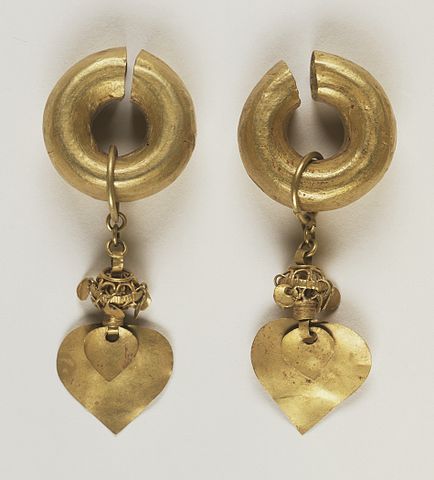
Source: Pyrite, Wikipedia
Physical properties can be broken down into extensive and intensive properties. Intensive properities can help you identify a substance.
Let's look at Intensive properties a little deeper. Intensive properties do not depend on the amount of substance. For example water boils at the same temperature no matter how much water you have. You might have 10 grams of water or you might have 20 kilograms of water. The water must reach 100 degrees Celsius in order for the water to start boiling. So the boiling point is an intensive property. Likewise, melting point is also an intensive property. Other examples of intensive properties include density , solubility, color, luster, freezing point and malleability.
Here is a list of intensive properties.
Color: Perception of the different wavelengths of light.
Odor: Perception of the sense of smell.
Luster: Shininess of surface. Almost all metals have a shining surface.

Source: Pyrite, Wikipedia
The mineral pyrite has a metallic luster.
Malleability: The ability of a substance to be beaten into thin sheets.

Source: Pair of Earrings, LACMA via Wikimedia
This metal jewelry was made by the artist hammering it into shape. The metal's malleability allows the artist to do so.
Ductility: The ability of a substance to be drawn into thin wires.
Conductivity: The ability of a substance to allow the flow of energy or electricity. Metals like copper, bronze, steel are good conductor of heat and electricity.
Hardness and softness: This is how easily a substance is scratched. A diamond is the hardest substance known, iron and aluminum are hard while magnesium is a soft metal.
Density: The mass of a substance divided by its volume D = Mass/Volume.
Pressure: The force per unit area. The standard unit for pressure is the Pascal (Newton per square meter).
Boiling Point: The temperature at which the vapor pressure of a liquid is equal to the pressure on the liquid (generally atmospheric pressure).
Melting point: The temperature at which a solid becomes a liquid. Ice melts at 0 Degrees C, so the melting-point of ice is 0 Degrees C.